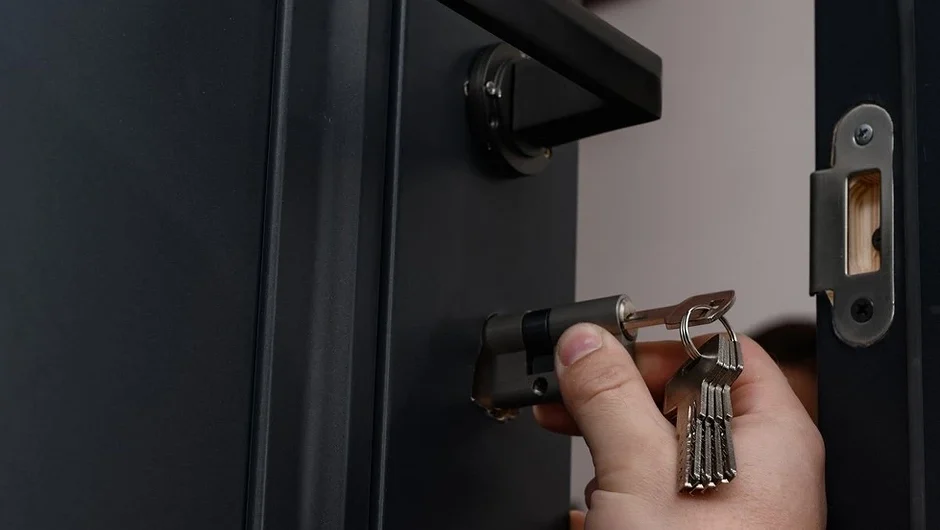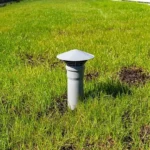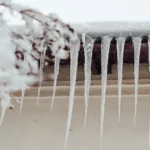Is the lock on your front door jammed? Here’s how you can fix the problem yourself and when it’s better to call a professional.
Has your lock started to stick, or did the key break? You can handle the repair on your own. We’ll guide you through how to replace the cylinder in your front door lock and when it’s best to replace the entire lock.
7 Signs It’s Time to Replace Your Lock Cylinder

You should replace the cylinder in your lock if it’s broken or at risk of being tampered with. Immediate repair is necessary if:
- A family member lost their keys.
- Duplicate keys are in the hands of tenants, workers, or other unfamiliar individuals.
- You notice pins, needles, or other foreign objects in the keyhole, or if the edges seem scratched—this may indicate attempted break-ins.
- The grooves on the key are visibly worn down.
- The key moves with difficulty and jams often.
- The cylinder moves along with the key.
- Part of the key broke off in the keyhole during an attempt to lock or unlock the door.
If you’ve moved into a new apartment, replace the lock cylinder immediately. In new buildings, it’s best to install a high-security lock, as developers rarely provide reliable solutions. In older homes with a solid door, replacing the lock is also recommended because you don’t know who may have had duplicate keys.
Preparing for the Repair
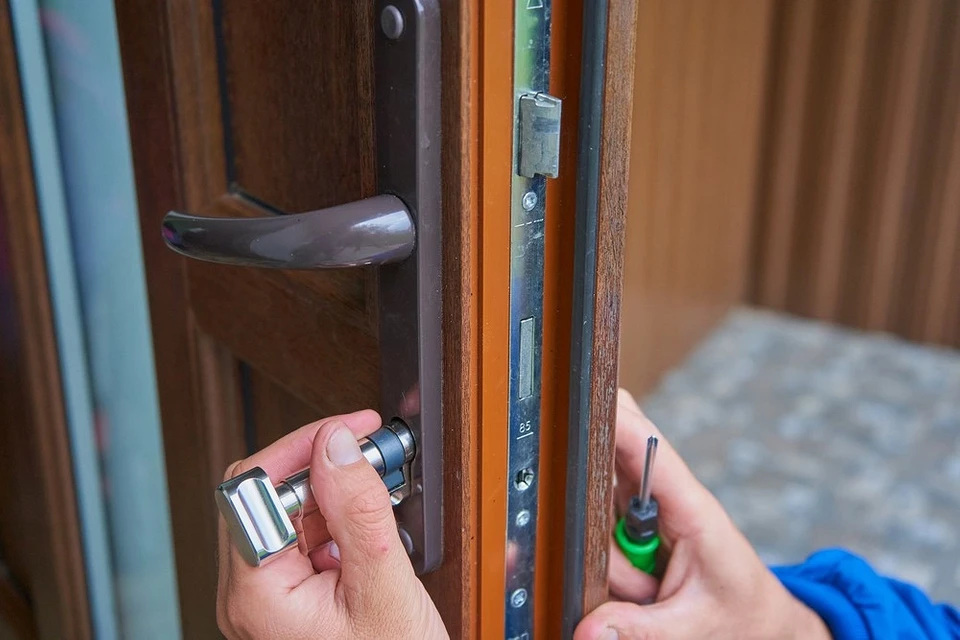
You’ll need basic tools such as a Phillips or slotted screwdriver to replace the lock cylinder. Check the end of the door to determine which screwdriver is required. If there are additional protective covers installed, you’ll need to remove them too. A Phillips screwdriver is usually sufficient, but verify the type of fastener before removing any decorative plates.
If your lock is jammed, start by lubricating the mechanism with a universal lubricant like WD-40. This will make it easier to remove stuck or worn parts.
If your door is made of wood or painted steel, cover it with protective film to avoid accidental scratches during the repair.
Should You Replace the Cylinder or the Entire Lock?
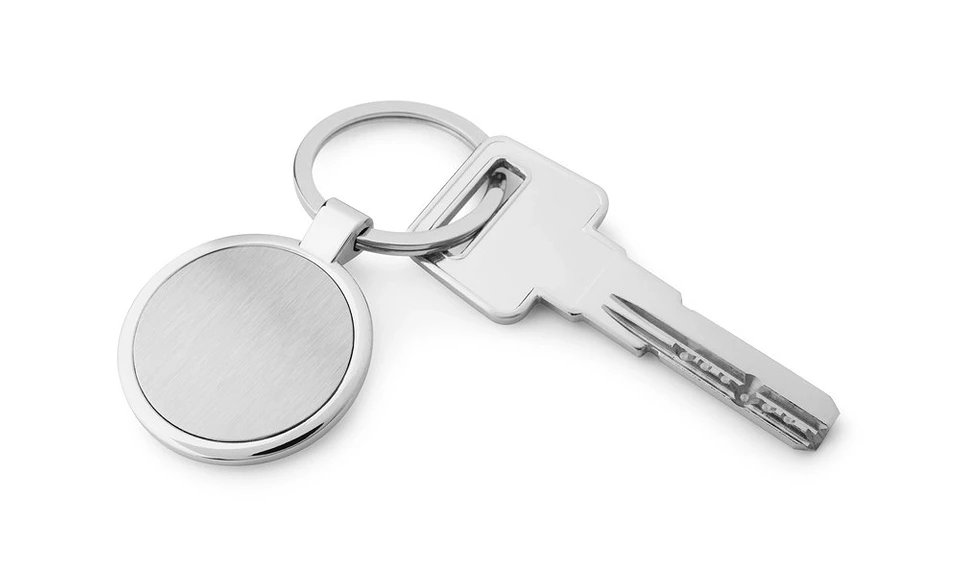
If someone attempted to drill out or force the lock, you’ll need to replace the entire mechanism to fix any hidden damage. You may also need to replace the door panel. It’s best to consult a specialist for guidance on maximizing your home’s security.
In cases of very old wooden doors where the lock plate or handle has become loose, the lock should be replaced entirely. Tightening the fasteners may help temporarily, but it’s safer to replace the lock or the whole door panel to prevent future failures.
If the problem is simply a jammed lock or the risk of unauthorized access due to duplicate keys, replacing just the cylinder might be sufficient. However, not all locks allow you to replace only the cylinder. Here’s how to check if yours is one of them:
- Open the door and locate the screw on the end plate, typically underneath the locking tongue or pins. If there’s no screw, you will need to replace the entire lock assembly.
- Check the shape of the key. There are three main types:
- Round pin with carved wings on both sides: used for lever locks that don’t have a replaceable cylinder.
- Round pin with thread on one side: used for disc locks, which may have a removable center part (though finding the right replacement can be tricky).
- Flat tip with thread on one side: used for cylinder locks, which are easy to replace on your own.
Experts recommend replacing locks after 10 years of use to avoid issues with sticking or malfunctioning.
Tips for Choosing the Right Cylinder

To replace the cylinder in your home’s entry door, you’ll need to leave it open for a period of time. Even cylinder locks can have different sized cores, so it’s important to measure and photograph the faulty cylinder before shopping for a replacement. While it’s possible to order online, visiting a hardware store with the old mechanism in hand will allow you to find the perfect match.
Here’s what you’ll need to measure:
- Length from one edge to the other.
- Whether the cylinder has a rotating part or screw in the center—measure each segment at the edges.
- Length and diameter of the wide part of the keyhole.
- Lock brand—while there are universal cylinders, choosing an original part is often easier.
Some cylinders are asymmetrical, with “wings” coming from the central screw or rotating core. Keep track of which side is short and which is long during disassembly, so the new part can be installed correctly.
The new core should fit within 1 millimeter of the old one. If it’s slightly larger, it may protrude and need to be trimmed. If it’s smaller, it could become stuck, preventing the key from turning properly.
When buying a replacement, also consider the material:
- Stainless steel: The most durable and water-resistant, ideal for external doors where high security is needed.
- Brass: Less durable than steel but still a good option for indoor doors, as it resists rust and retains strength.
- Aluminum: Lightweight, smooth, and durable, but less secure than steel or brass.
- Silumin: Avoid using silumin cylinders for entry doors, as this alloy becomes brittle over time.
Steel doors often feature a protective armor plate around the keyhole. Ensure that the new cylinder matches the size of this plate. If necessary, remove it before shopping to ensure compatibility.
How to Replace a Lock Cylinder: Step-by-Step Guide
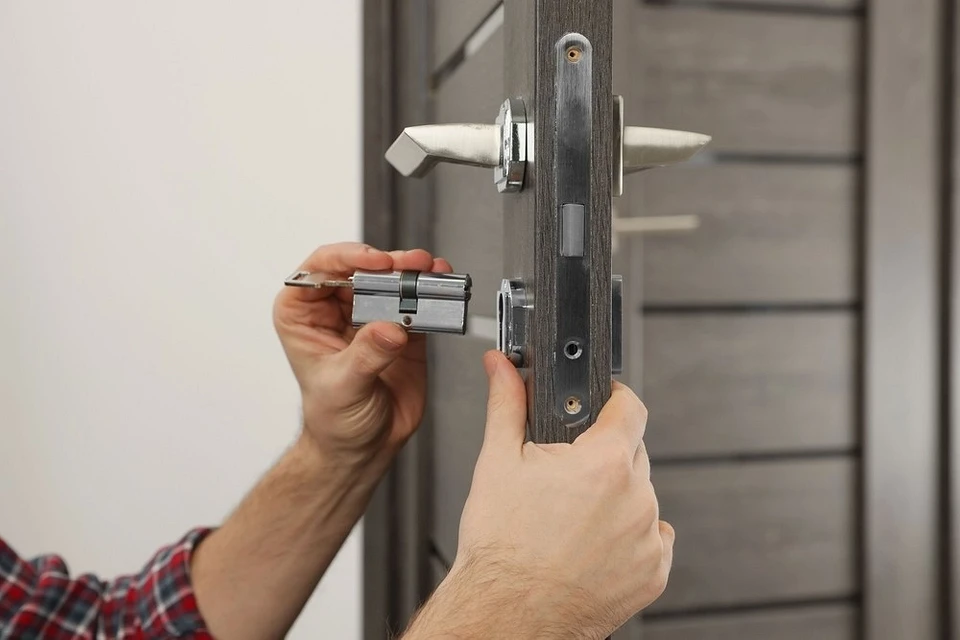
The following steps are for when the door opens and closes freely:
- Remove the armor plate: Use a flat screwdriver to lift the decorative plate around the latch or keyhole from the apartment side. Unscrew the exposed screws to remove the plate.
- Remove the old cylinder: Open the door and locate the screw at the end. Unscrew it and, if necessary, loosen any fasteners holding the locking mechanism in place. Insert the key from the apartment side and turn it a third of the way. Pull the cylinder out gently. If it doesn’t come out easily, twist the key slightly, but avoid forcing it.
- Lubricate and clean: Once the cylinder is removed, clean out any dust and dirt with a hair dryer or brush. Lubricate the cavity with WD-40 to ensure smooth movement.
- Install the new cylinder: Grease the inside of the new cylinder, ensuring it fits securely in the slot. Align it with the keyhole, then screw the locking screw into place. Tighten without forcing, and ensure the cylinder fits correctly before securing the screw.
- Check the function: Insert the key and check that the lock operates smoothly before replacing any covers. Ensure the key and locking mechanism work effortlessly before closing the door.
If you’re unsure about the installation or the lock’s security, it may be a good idea to consult a professional locksmith for expert installation of protective plates or other security upgrades.

